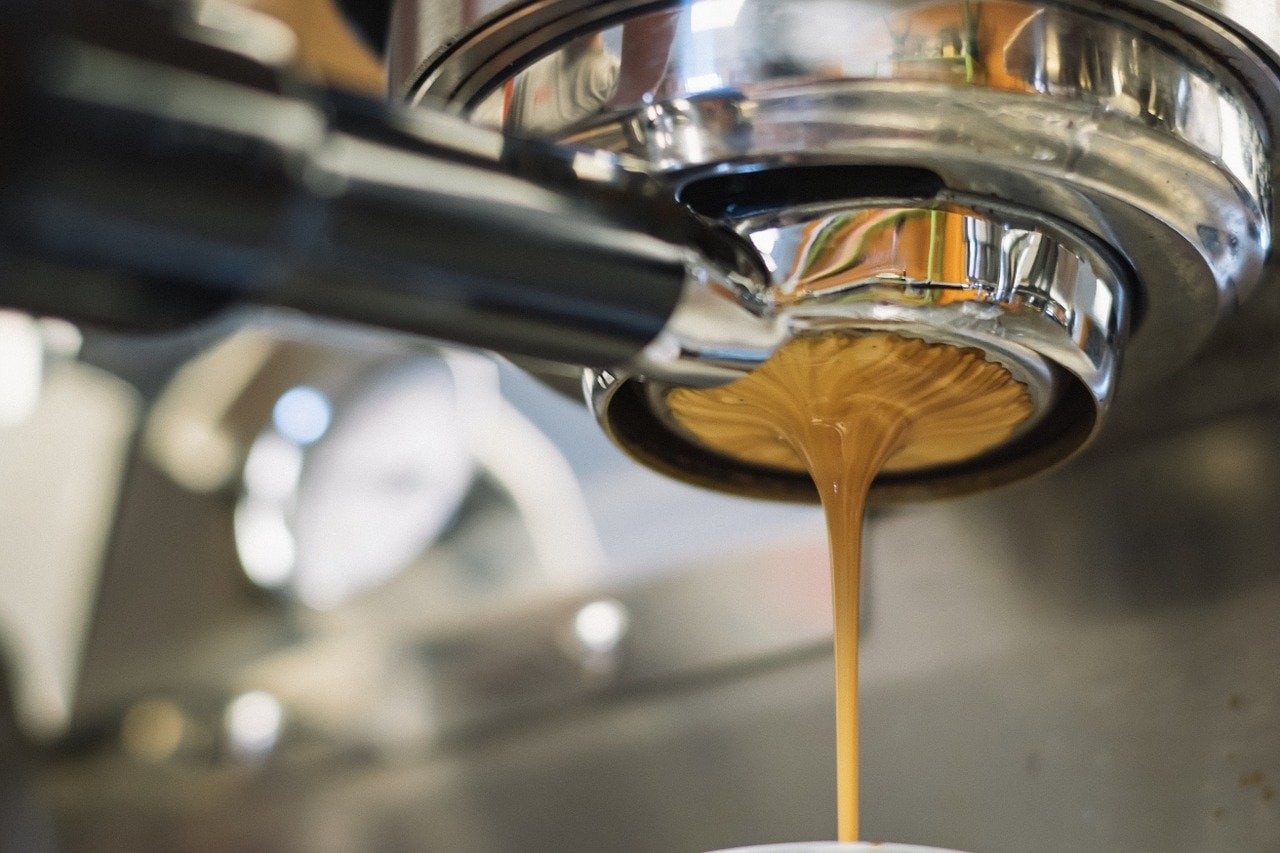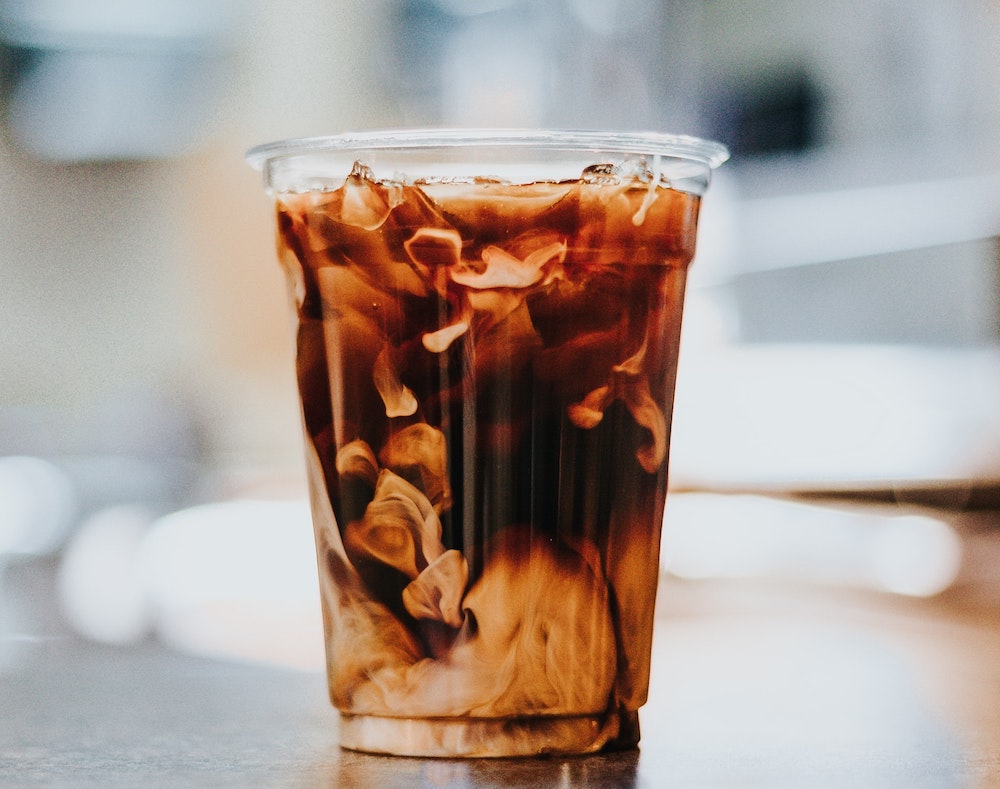
Crema is the tasty, smooth layer of foam that sits on top of a freshly pulled shot of espresso. For many espresso lovers, crema is the star of the show, and getting a shot without crema is a major disappointment. Interestingly, crema is not something baristas control outright. Instead, how much crema is produced when pulling a shot depends on many factors, some related to the coffee bean and others that rely on the espresso machine’s quality.
In this article, we’re going to explore the world of espresso crema. We will cover how it is produced, what makes crema desirable, and how you can make espresso with more crema yourself at home. Let’s begin.

Espresso Crema Basics
We mentioned in the introduction that many espresso aficionados hold crema in high regard, but not everyone agrees on crema’s importance. Some people believe that crema, while nice to have, is more or less independent of the overall quality of a shot of espresso. So, what does crema add to espresso anyway?
Crema primarily changes a shot’s texture, making for a smooth, creamy mouthfeel similar to what you find in a pint of Guinness. In Guinness, the layer of microbubbles in the head is made of nitrogen, while in espresso, it’s carbon dioxide. Coffee under pressure can hold more carbon dioxide than coffee at atmospheric pressure, so when the coffee escapes from the machine into your mug, it releases carbon dioxide in a stream of microbubbles and creates a layer of crema.
Besides improving the texture, crema also adds a small amount of flavor and aroma to a shot of espresso. This is a secondary effect and cannot be used to determine a shot’s quality before tasting. It is possible—and not uncommon to have a beautiful layer of crema atop a subpar shot of espresso.

What Factors Control Crema?
The most important factor that determines how much crema is produced when pulling a shot is freshness. Fresh coffee beans have more carbon dioxide than stale beans since the gas escapes slowly over time. Without enough carbon dioxide, even the world’s most expensive espresso machine operated by an expert barista won’t be able to produce crema.
Roast level is also important, with darker roasts producing less crema for a similar reason. Dark roasts release more carbon dioxide than lighter roasts due to the increased permeability of dark roasts. The bottom line is that anything that reduces a bean’s carbon dioxide content is detrimental to creating crema.
Both roast level and freshness are intrinsic characteristics of coffee beans, but a few external factors also change the amount of cream produced. More expensive espresso machines generally produce more crema if used on an automatic setting. Pulling shots of espresso is all about creating constant high pressure for the right amount of time. Automatic espresso machines use electronics to control the pulling process, and more expensive machines are better at keeping the pressure in the right zone for the right amount of time.
A barista’s skill can affect how much crema is produced when pulling a shot manually, but most professional baristas are talented enough to get it right consistently. If you’re a beginner at manually pulling shots of espresso, your inexperience can manifest as a lack of crema. In a coffee shop, a shot of espresso without crema is more likely to be caused by stale beans or a dark roast than by an inexperienced barista.

Diagnosing Crema Trouble
The perfect amount of crema is up for some debate, but the general rule of thumb is that the layer of crema should be about one-tenth the size of the full shot and should have a light tan color. If your crema layer lasts for at least one minute, you’re doing great, but the best shots have crema that lingers for two minutes or more.
If you’re learning to pull perfect shots of espresso and are disappointed by the amount of crema you’re getting, here are some tips to help you figure out what’s going wrong.
- Check the beans first. Light roasts and dark roasts both produce less crema than a medium roast. Look for coffee beans marked as espresso roast for the best crema production.
- Quickly vanishing crema. If your shot initially looks good, but then the crema dissipates, it’s a sign that your extraction was too fast. Try increasing the extraction time and notice if the crema lasts longer. Properly pulled crema should last for about two minutes.
- Check the machine. Make sure to clean your espresso machine regularly and perform routine maintenance to keep it running smoothly. Old coffee in the machine will damp crema production by obstructing the fresh coffee from extracting properly.

Conclusion
Crema is an important part of making espresso, but it isn’t the only thing that makes it delicious. Shots with the right amount of crema are smoother and more enjoyable for many people and can enhance the look and mouthfeel of your espresso.
Learning to pull shots with the right amount of crema with the proper consistency takes practice but is probably easier than you think. If you use fresh, medium coffee and follow our tips for diagnosing your crema, you will be pulling coffee shop quality shots in no time.
Featured Image Credit: Pixabay
















